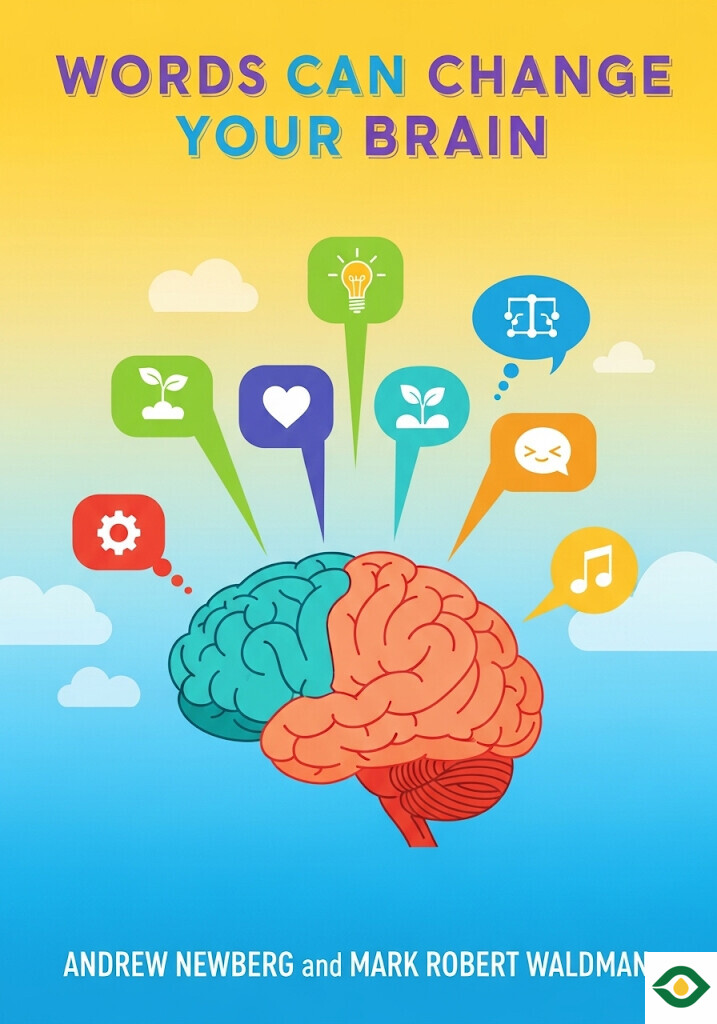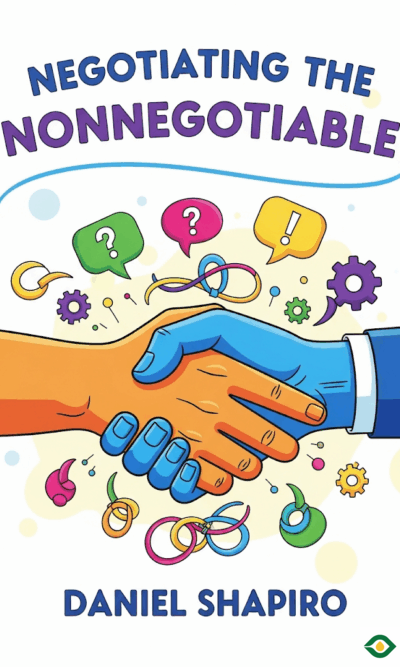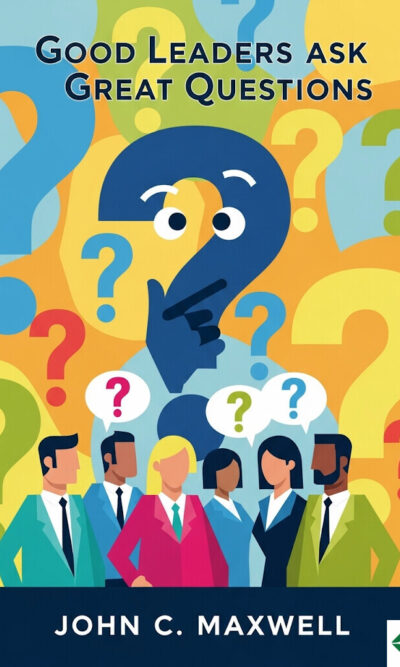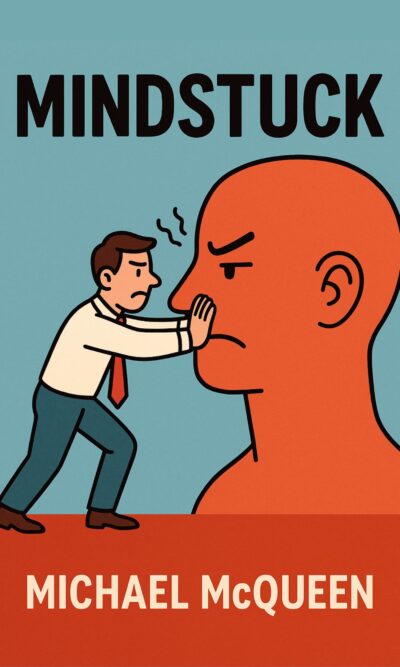Description
We spend much of our lives talking, listening, and reacting to others. Yet despite all that practice, most of us are not very skilled at real communication. Misunderstandings happen easily. A sharp tone, a restless mind, or a distracted look can ruin the flow of even an ordinary exchange. The result is conflict, confusion, and missed chances to connect. The good news is that communication is not a mystery—it is a skill that can be improved with focus, patience, and practice.
The first key to better communication is preparing the mind. A stressed or distracted brain cannot truly listen. Before entering a conversation, it helps to calm down and breathe. Just one minute of slow, steady breathing can activate areas of the brain linked to social awareness and mood regulation. This makes us more present and open. When we are fully present, we notice the words, the emotions, and even the subtle signals of the person in front of us. Presence allows us to respond instead of react.
Yet being present is not always easy. Thoughts race through the mind like chatter in a crowded room. This inner speech steals attention. Others can sense when our mind drifts away. To quiet that chatter, practice focusing on silence. For example, listen closely to the fading sound of a bell, then notice the quiet that follows. With repetition, this practice trains the mind to settle into silence. A quieter inner world leaves more space to hear others clearly.
A second step is to embrace positivity. Negative thinking spreads tension. When we complain or dwell on bad thoughts, our brains release stress chemicals. These not only make us anxious, but they also reduce memory and weaken trust. Worse still, negativity can shape how others feel around us, making cooperation harder. By contrast, positive thoughts energize the brain and improve relationships. Before an important talk, imagine it going well. Think of good qualities in the other person. Aim to generate at least three positive thoughts for every negative one. If possible, five positives for every negative create an even stronger shift toward success. And if a truly bad mood makes positivity impossible, it may be wiser to postpone the talk until the mind is calmer.
Next comes the role of inner values. Just as travelers need a map, communicators need direction. Our values guide our choices, words, and reactions. Taking time to reflect on what matters most—whether it is honesty, kindness, loyalty, or growth—helps anchor us. When we know our values, we can share them with others, building deeper understanding. Research even shows that reflecting on values reduces stress and helps people handle conflict more gracefully. In conversations, voicing what we care about fosters mutual respect and makes cooperation more likely.
Of course, words alone are only part of communication. Expressions, gestures, and tone carry just as much weight. Humans have thousands of facial expressions, many of which we are not even aware of making. Others pick up on these signals instinctively. A tense brow or harsh look can close doors, while a soft smile can open them. A genuine expression of warmth—such as the gentle smile inspired by recalling a happy memory—creates trust and empathy.
This extends to all non-verbal cues, including posture, gestures, and body language. If words and body language conflict, people tend to believe the body more. That is why comedians exaggerate expressions to emphasize meaning, and why leaders rely on confident posture to convey authority. At the same time, reading others’ non-verbal signals can reveal hidden emotions like discomfort or irritation. By paying attention to these cues, we can adjust our approach, prevent conflict, and show that we care.
Another powerful tool is appreciation. People respond best when they feel valued. Starting or ending a conversation with a sincere compliment makes the interaction warmer and more productive. The key is honesty—only praise something you truly respect. A thoughtful thank-you note or follow-up message can strengthen this effect. Alongside appreciation, tone of voice matters greatly. A warm, lower-pitched tone signals compassion and steadiness. Studies have shown that doctors who used softer tones were judged as more caring, even when delivering difficult news. Still, the tone must fit the message—otherwise it risks sounding false or confusing.
As for the words themselves, less is often more. The brain is powerful but limited—it can only hold a few pieces of information at once. Speaking too quickly or for too long overwhelms listeners. The solution is to slow down and speak in short bursts. Ideally, speak for no more than 30 seconds before pausing, giving others time to absorb the message. If you must talk longer, signal this in advance so the listener knows to focus more closely. Speaking slowly and briefly shows respect and creates clarity.
Finally, perhaps the most important step is listening deeply. True listening means giving full attention without planning our next words or cutting in. It means noticing not only what is said, but how it is said. When interruption is necessary, it should come with an apology and reassurance that the other person’s words matter. And when it is time to respond, our reply should address what the other person actually said, rather than shifting the subject. Deep listening is an act of respect that makes others feel understood and valued.
Together, these practices—calm presence, positivity, reflection on values, inviting expressions, appreciation, warm tone, concise speech, and deep listening—create a complete set of tools for powerful communication. Using them consistently builds trust in relationships, strengthens teamwork, and reduces conflict. More than that, they bring peace to our own minds. Good communication is not simply about exchanging words; it is about connecting hearts and brains in ways that create understanding.
The authors also highlight one final piece of advice: respond to anger with compassion. When someone lashes out, it is easy to react defensively. But compassion changes the dynamic. If possible, step away and return when tempers cool. If not, think of what you genuinely value about the person, and let that guide your words. Speaking to the human beneath the anger can defuse hostility and restore connection.
In the end, effective communication is not an accident. It is the result of conscious choices—choosing calm over stress, hope over negativity, values over confusion, kindness over harshness, clarity over clutter, and listening over self-centeredness. Words can truly change the brain, but only when used with care, presence, and heart.





